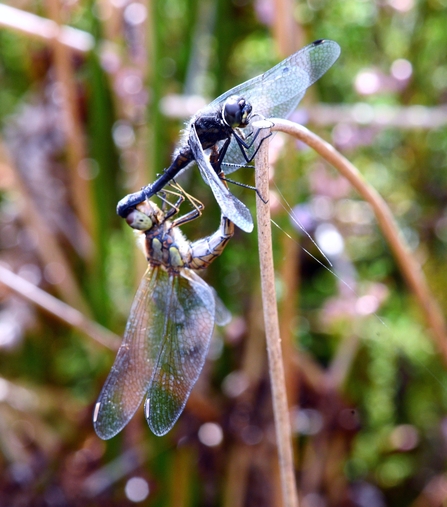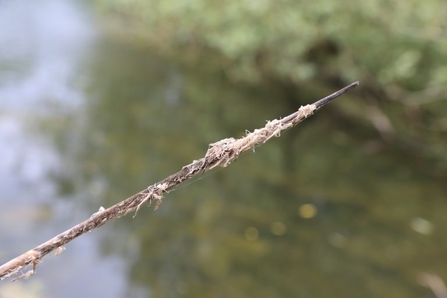The Trust-led project entered its fifth year in 2019 and surveys were carried out by volunteers who adopted sites in their local area and recorded dragonfly and damselfly larva and adults.
The previous year, 2018, was a year of extreme weather that had a significant impact on dragonflies in the Durham Wildlife Trust region. Firstly, during the whole of March, a large Arctic air mass stretched from Russia and the Far East to the British Isles (the ‘Beast From The East’) and brought with it significant snowfall and icy conditions, which had an adverse impact on some dragonfly and damselfly species.
Then June 2018 was the hottest on record since 1915 and the hot weather continued well into September, resulting in many wetland and pond areas drying up completely, which destroyed both eggs and larvae.
The weather in 2019 was very different and the region was awash with dragonflies and damselflies. First to emerge at the end of April was the large red damselfly, easy to identify partly as they are bright red and black. The last to be seen, at the Trust’s Rainton Meadows reserve near Houghton le Spring, in November was the migrant hawker, which survived two weeks of frost before finally bowing out.
Between April and November, the 21 volunteer spotters surveyed 46 sites between the Tees and the Tyne, fourteen of them Durham Wildlife Trust nature reserves, and recorded 1,296 sightings of 17 different species, including the black darter (shown in this photograph). That was up from 324 sightings and 15 species in 2018.


